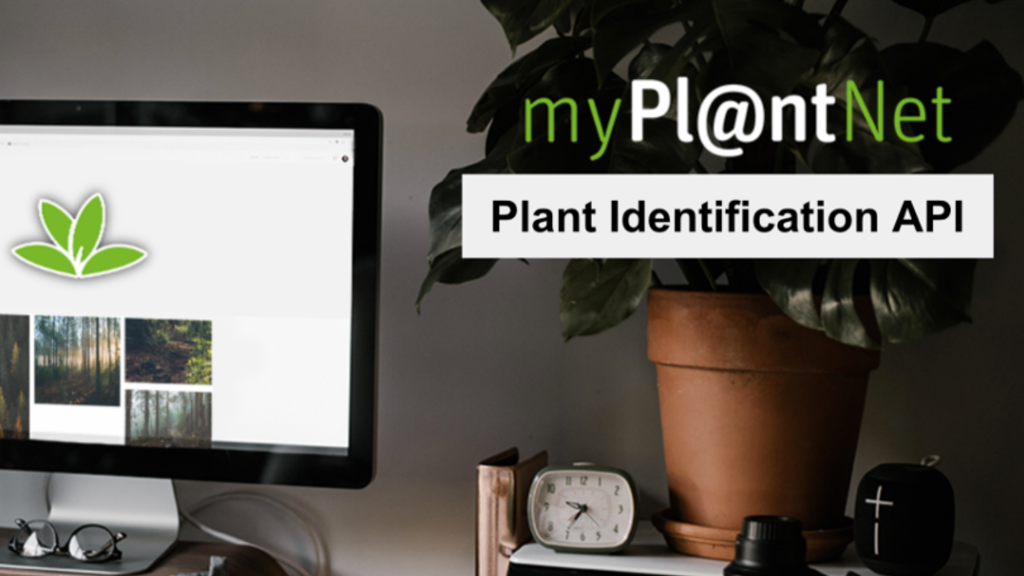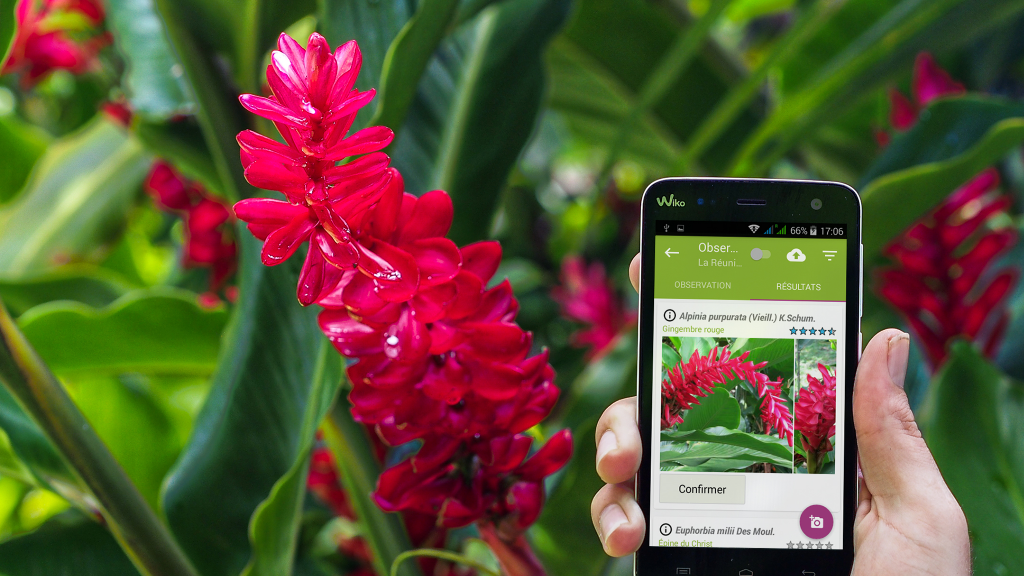This API allows one to use Pl@ntNet‘s visual identification engine as a RESTful web service, which currently operates on 29,697 vascular plant species.

“For example, a citizen observatory developing a new app related to biodiversity will be able to integrate an automatic plant identification feature without managing it”, says Alexis Joly, Inria researcher and leader of developing this service.
Get access to Pl@ntNet data through GBIF
Besides, Pl@ntNet has recently integrated its more reliable observations into the Global Biodiversity Information Facility (GBIF) international database. This way, a researcher in ecology, agronomy, or biodiversity conservation studying the distribution or evolution of a particular group of plant species will be able to download the observations of that plant contributed by Pl@ntNet users.

To do this Inria team developed a data access service (IPT server) which ‘still needs improvements, in particular for separating cultivated plants from wild plants’, states Alexis.
Pl@ntNet, a great citizen science observatory on plants
Pl@ntNet is a citizen observatory for collecting, sharing, and revising plant observations based on automated identification. The web and mobile frontends of the platform are used by a large community of several million users who produce hundreds of thousands of plant observations daily. This data stream is of high interest to many research domains including ecology, agronomy and energy.
More information about the integration of Pl@ntNEt data in GBIF.

















